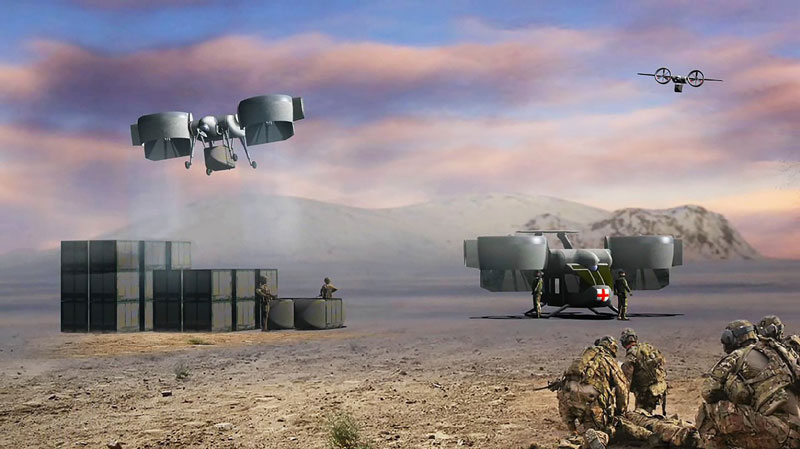TATRC Presents at NATO Kickoff Meeting for the Development & Implementation of Autonomous Transport Medical Systems for Casualty Evacuation
June 30, 2021 | Download PDF
On 20 April, Mr. Nathan Fisher, TATRC’s Chief of the Medical Robotics and Autonomous Systems (MedRAS) Division, presented at the kickoff meeting for the NATO Research Task Group (RTG) for Human Factors in Medicine (HFM)-332 on the “Development and Implementation of Autonomous Transport Medical Systems for Casualty Evacuation.” As a member of the RTG, Mr. Fisher presented TATRC’s related research efforts on Autonomous Care and Evacuation. This RTG is chaired by Dr. Jose Salinas, U.S. Army Institute of Surgical Research, and mentored by the esteemed Dr. Terry Rauch, with participation from partnering allied nations that include the Netherlands, Germany, Czech Republic, Italy, Canada, and Sweden. This specific RTG is a three-year effort that is slated to end in April 2024.

This newly established NATO RTG will develop methods to leverage autonomous and unmanned systems in future conflicts to support casualty evacuation, including evidence-based guidance to assist commanders in making an informed decision on its use by refining concepts of operations, standards, and mission planning capabilities to effectively coordinate tactical care and evacuation. The RTG will produce a strategic plan with guidance coordinated across operational and medical communities of interest that is based on current research and technology in autonomous systems, Command, Control Computers, Communications, Cyber-defense (C5), intelligence, surveillance, and reconnaissance (ISR), robotics and automation of transportation, and medical care of casualties. Plans and guidance will include the use of autonomous vehicles for casualty transport, implementation of safe ride standards, interoperability of medical equipment, and mission planning for casualty evacuation. The RTG will also produce a strategic roadmap of future research and development requirements to incorporate into the continuum of care and expanding medical capabilities across the operational spectrum.
“These types of meetings and panels are key to solidifying our partnerships and involvement with other countries and organizations to address a critical need for future operations” said Dr. Salinas.
During the next meeting, panel members will present the work of their individual countries efforts related to this topic, and further define the scope and work plan to accomplish the overall goals of the panel.
This article was published in the January 2022 issue of the TATRC Times.